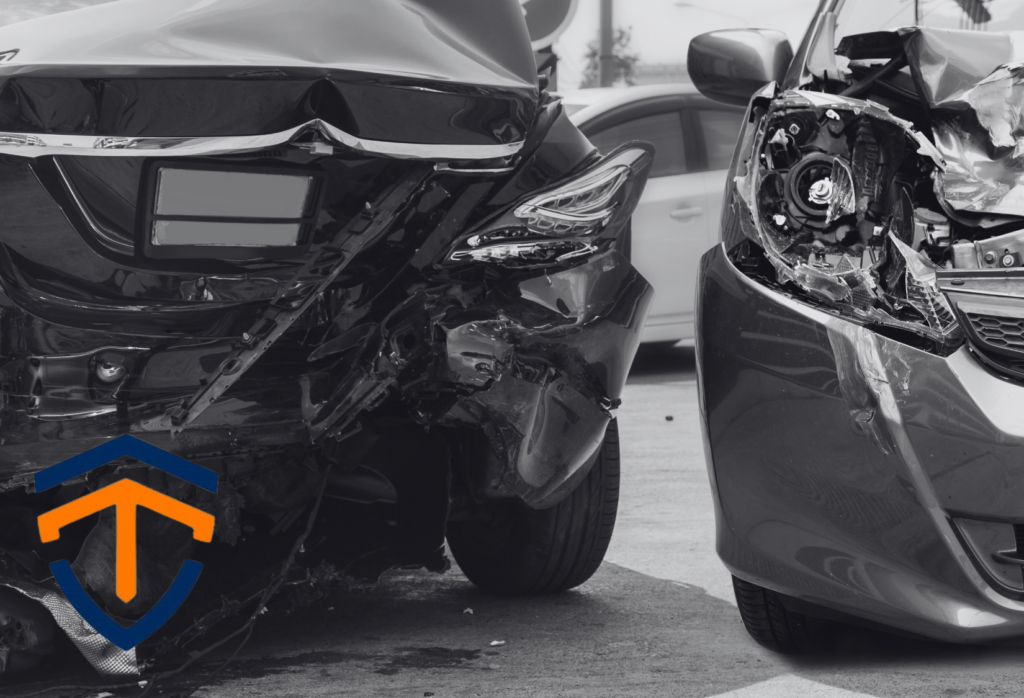Table of Contents
ToggleIntroduction
I get asked All. The. Time if someone’s auto insurance policy covers the replacement of a key auto part (transmission, starter motor, electric vehicle battery, etc). I totally understand the question – when these things need to be replaced they are very expensive and it is worth exploring if there is any way to reduce that expense. What confuses the issue is that the answer to that question is “it depends.” What does it depend on? The answer to that question requires us to understand a little about the differences between warrantees, maintenance plans, and auto insurance.
Secure Your Auto Today!
Give us a call today to ensure you are properly insured!
What’s The Difference
Warrantees
Warrantees are typically issued by the manufacturer of a vehicle, although it is not uncommon for used auto dealers to have some sort of their own limited warrantee for vehicles that no longer have a factory warrantee. The manufacturer’s warrantee is typically limited to a specific “window” by:
- Mileage (50,000 miles, 100,000 miles, etc)
- Age (5 years, 10 years, etc)
- Scope (drivetrain only, bumper to bumper, etc)
The purpose of these warrantees is to put consumers’ minds at rest that their new vehicle was made well, and the manufacturer stands by their work enough to replace any part that meets the criteria of their “window.”
For a list of the best warrantees available on new vehicles this year, check out this USA Today article that discusses the different types of warrantee and evaluates the top companies offering them.
Maintenance Plans
Maintenance Plans, on the other hand, are typically sold by the dealer you got your car from, and they are intended to pre-pay any needed maintenance the car may need. Whether you need the maintenance or not, you have paid for it, but if a big ticket item comes up that is considered to be maintenance (brake pad/rotor replacement, transmission fluid replacement, etc) it is usually covered under the maintenance plan.
The plan is not a blank check, however. It will also have its own “window” for what is and is not included, for how long, and for how many miles. These plans typically cover a specific scope of work for specific period of time, so if you read up on the vehicle and determine that the type of repairs will likely be needed in the window of time the Maintenance Plan is in effect, these plans could end up saving you a lot of money.
Auto Insurance
these policies are intended to protect your vehicle against the unforeseen. Theft, collisions, hailstorms, etc are all possible things that could happen to your vehicle that fall under the category of “loss.” You protect against the financial impact of those potential “losses” with auto insurance. Of course fender benders and significant accidents also fall under an auto insurance policy, and the liability owed in the event of a major accident can far exceed the value of the vehicle.
So if your radiator needs to be replaced because you hit a deer, it would be your auto insurance that pays to replace the radiator. If the radiator fails after only 5000 miles on the car in its first year, this is likely a manufacturing defect and would probably be covered under your warrantee, but not your auto insurance. If the radiator fails after 120,000 miles despite routine maintenance, it might be covered under your maintenance plan, but not your auto insurance. Of course if you are out of warrantee and do not have a maintenance plan, then you are paying for these things out of pocket.
Understanding the difference between these things may help steer you (no pun intended) to a vehicle with lower lifetime maintenance costs, longer warrantees, or to a comprehensive maintenance plan. But of course, the best warrantee or maintenance plan wont help you in the event of a loss. Only auto insurance can do that.

What Can You Do?
Coordinating the benefits of these three (warrantees, maintenance plans, and auto insurance) can help alleviate any anxiety about a large, future expense related to the ownership of your vehicle. There is also the potential to balance the cost of these three against self-insuring some of the risks they cover.
For instance, maintenance plans usually come in Good, Better, Best levels of coverage. If the Good level covers major things like transmission replacement, but doesn’t cover smaller things like transmission fluid service, you could take the Good plan and then sock away in your own savings account the cost of a transmission fluid service. If you end up needing the service performed – great! That expense is already covered from savings. If you don’t end up needing the service – great! You saved on the cost of the maintenance plan and get to keep the funds you socked away in a savings account.
You can do this with your insurance policy as well. Raising deductibles is a form a self-insurance. I always asked customers “Which would be more financially devastating to you, a $1,000 fender bender or a $1,000,000 lawsuit?” The answer is of course the $1,000,000 lawsuit. So raising deductibles and increasing liability to the highest limit covers more of the potential financial burden, while often offsetting the cost of those changes altogether.
Next Steps
So if you want help thinking through the coordination of these tools, don’t hesitate to let us know! We specialize in making recommendations based on your coverage needs, and can help you think through all the moving parts. If you don’t have an agent or havent heard from your agent in a while, give us a call today!
Secure Your Auto Today!
Give us a call today to ensure you are properly insured!